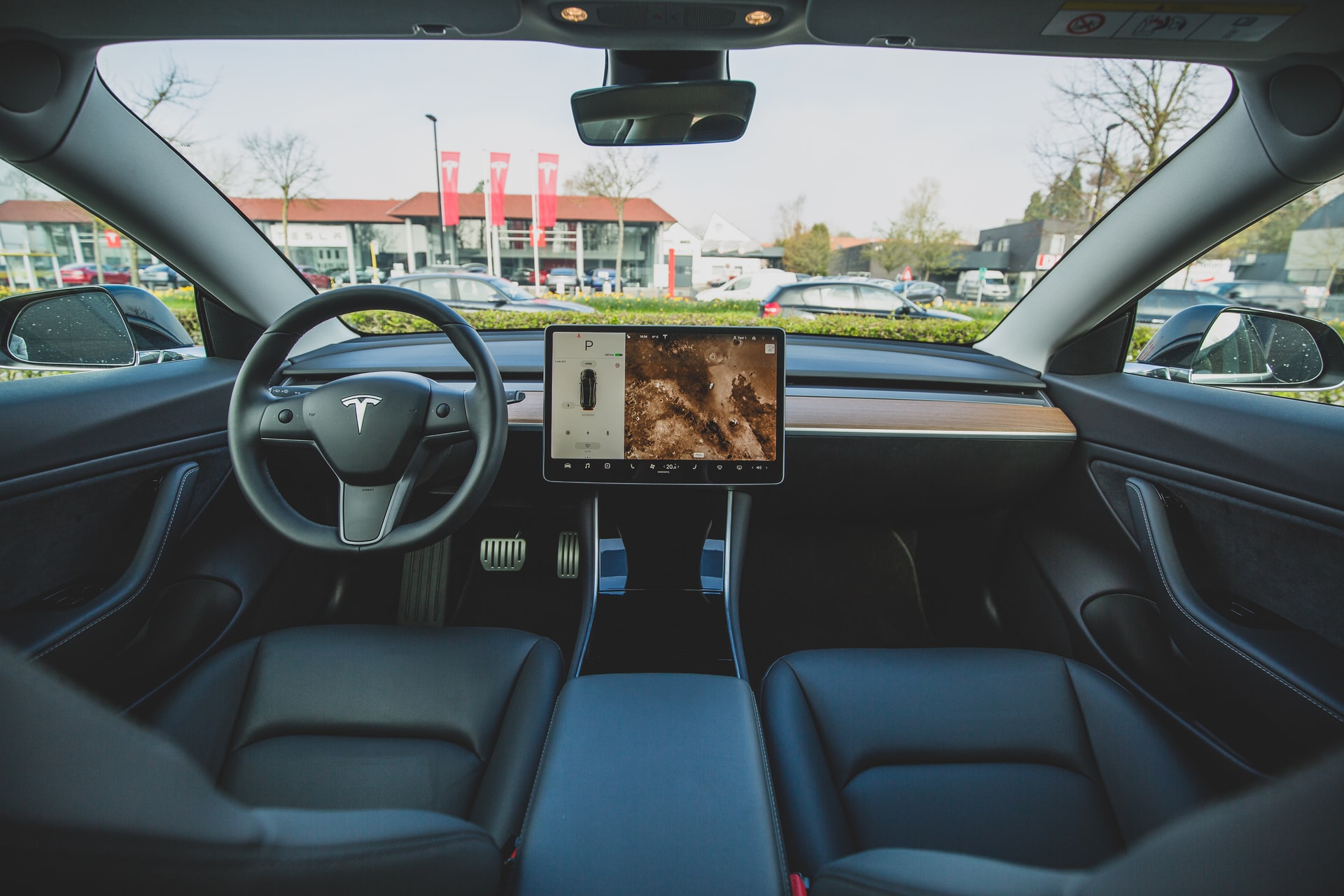Technology has come a long way in the last few decades. People now have access to smartphones, GPS, smart homes, robots with artificial intelligence, and even cars that can drive themselves. While these vehicles make long rides convenient, they are by no means crash-proof.
It Drives Itself- What Could Go Wrong?
In Arizona during March of 2018, the very first self-driving car death to happen in the United States plastered the media. According to news reports, an Uber driver named Rafaela Vasquez was streaming a TV show on her cell phone while the vehicle was in autonomous mode and hit a forty-nine-year-old woman, Elaine Herzberg. Herzberg was riding her bike across the street, but wasn’t near a crosswalk. Because the car wasn’t programmed to watch for jaywalkers at the time, it couldn’t recognize her as a human and did not accurately predict her path, resulting in her death.
Uber was clearly at fault, right? Wrong. Since there was no basis of criminal liability, the company did not face any criminal charges and was instead required to temporarily halt its testing of self-driving cars until more safety protocols and precautions were put in place. Uber also decided to negotiate a settlement with the victim’s family outside of court.
In a police report about three months after the accident, the crash was labeled “entirely avoidable”, if the driver’s eyes had been on the road instead of on her cell phone. She could have intervened much sooner and prevented Hertzberg’s death, and the collision altogether. The driver was charged with negligent homicide.
Who is at Fault?
To put it plainly, if the vehicle is not one hundred percent automated, the driver is generally at fault. It is his or her responsibility to keep eyes on the road at all times in case of an obstacle that cannot be identified by the car’s automated driving system (ADS). These systems use various types of sensors to detect objects, but of course, crashes still happen. If the collision was caused by a technological malfunction, then the manufacturer could be at fault for failing to properly test the vehicle, or inform its customers of possible hazards.
Levels of Autonomy
Self-driving cars have varying levels of autonomous capabilities.
- Level zero is exactly what you think. This means the vehicle is not automated in any way.
- Level one means that the car is primarily controlled by the driver, but has a few driver-assist features such as steering, accelerating, and braking. Several manufacturers offer Level one autonomy features such as self-adjusting cruise control.
- Level two self-driving vehicles have combined automated functions, such as steering and braking or accelerating simultaneously. This is the highest level of self-driving automation currently available to the general public.
- Level three uses what is called conditional automation. This means that the car is able to drive completely autonomously in some conditions, but the driver has to monitor the scene and be prepared to intervene at all times. Honda is currently selling level three vehicles outside of the United States. Tesla is currently beta testing level 3 automation and other manufacturers will surely enter that space in 2022.
- Level four, also known as high automation vehicles, is similar to level three. The car can drive completely on its own in some conditions, however, the driver does not technically have to pay attention in those specific conditions.
- Level five vehicles can perform all aspects of driving in all circumstances. Some delivery and passenger services are testing level 5 automation on a very limited basis, in controlled circumstances. Small vehicles are making deliveries, on college campuses for example, with no expectation beyond “proof of concept” in the near future.
No matter the level of autonomy, if someone is involved in a collision and the driver could have intervened but didn’t because his or her eyes were not on the road, that person is at fault under current laws If you or a loved one have been involved in an accident with an automated vehicle, you may be entitled to compensation. Contact us for a free consultation with an attorney, and we’ll fight to get you the settlement you deserve to help you cover the costs of any medical bills, car repairs, and lost wages.

